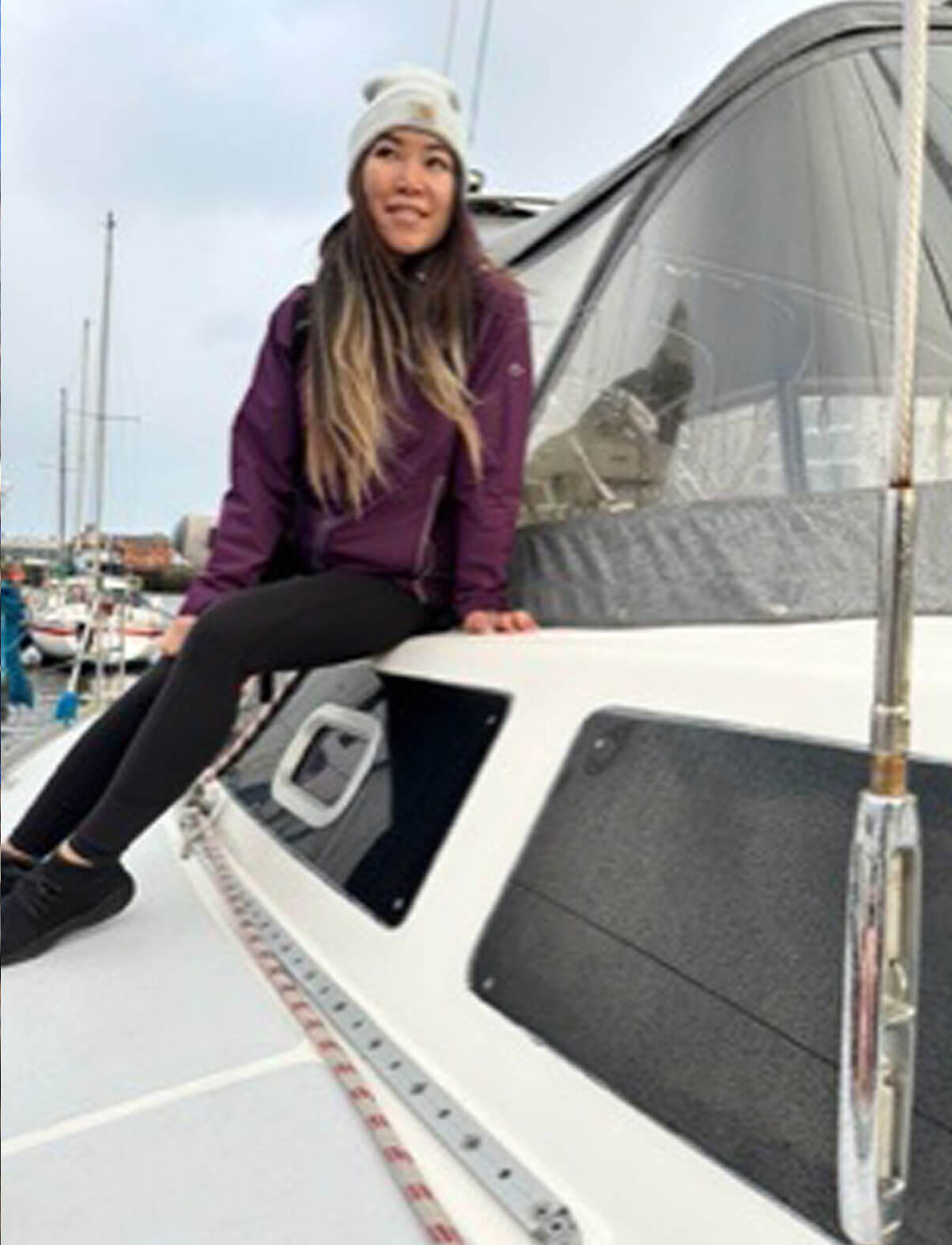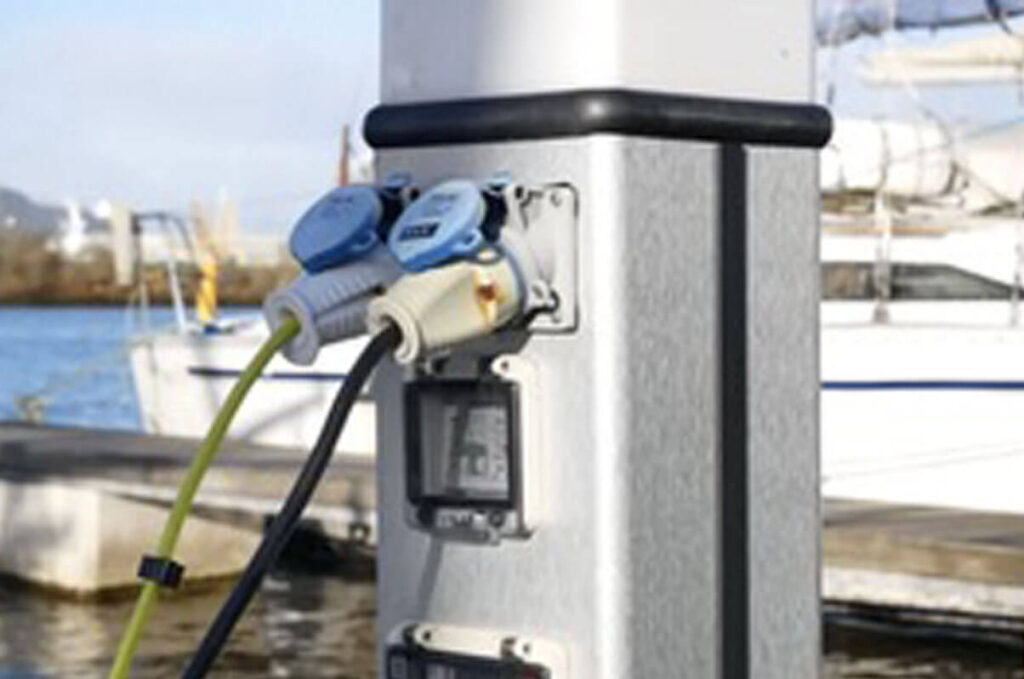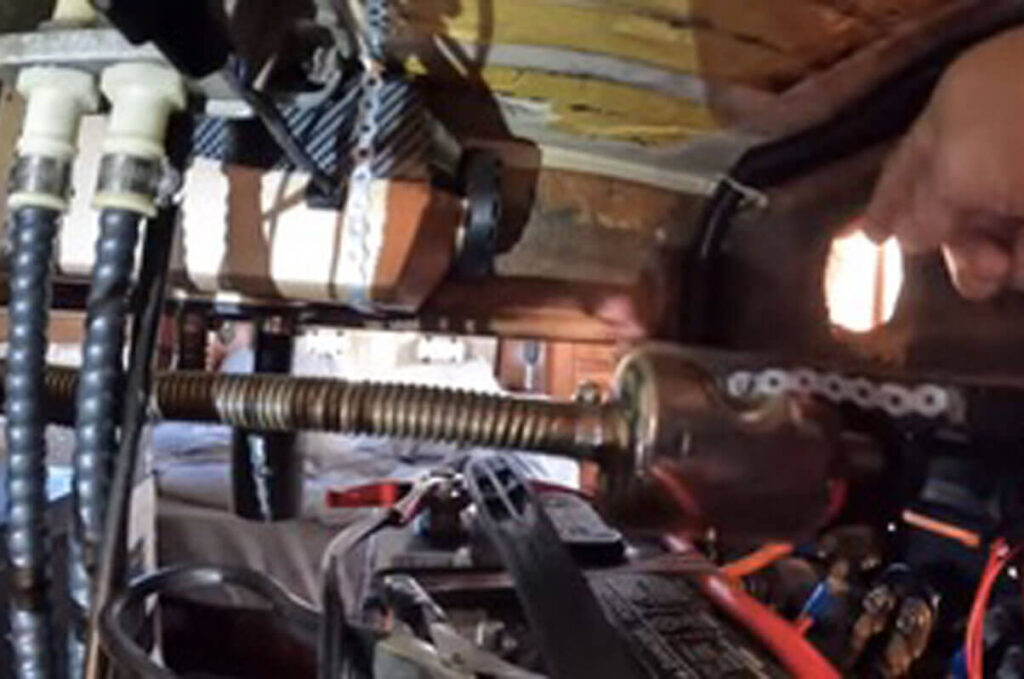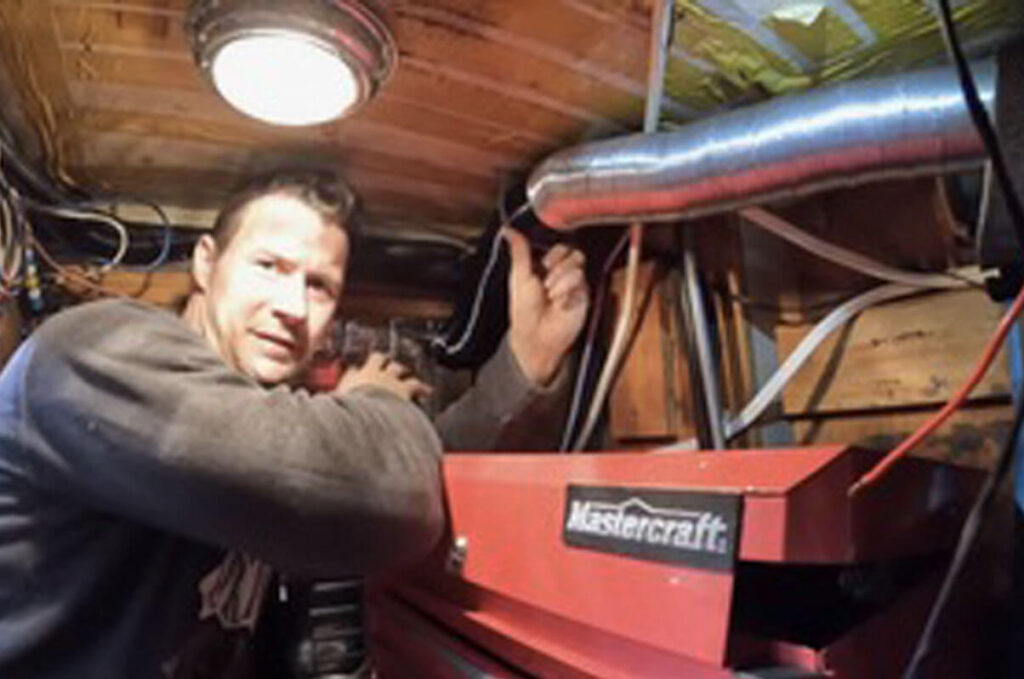
As the end of the sailing season drew near, we were preparing to transit back to where we would be sticking out a long five months of Winter while living full time on our sailboat.
As Canadians, we had to be out of the European Union for that duration, making the United Kingdom an ideal place to tuck away. Having been on the move for over two years, it would be our first time sitting still in one place without any sort of cruising around.
We were looking forward to a bit of a breather, a time to reset and place to call “home” and Northern Ireland (NI) is where we chose to do just that. It had the most components reminiscent of the time we spent as liveaboards prior to departing our home port in Toronto, Ontario, such as english being the first language, similar food at the grocery stores, access to being able to find pretty much anything we needed in the city, etc.
Despite having these similarities, there were significant differences from living on the dock during the Winter in Toronto. For those of you who have followed our journey from day one, you know that we spent a long cold harsh Canadian Winter living on the dock upon moving onto Jibsea and although temperatures in Northern Ireland did not reach anywhere close to the -20 degrees Celsius that back home and there were many adjustments we had to make and a learning curve of its own.

Power
We had to figure out how to plug into the 230V shore power in NI being a 110V North American boat and we did this the most inexpensively that we could knowing it would be temporary. In Toronto during the Winter, we had a total of 60 amps of 110V (flat fee, unmetered) shore power and we only had the 16amps at 230V (metered)in NI.
The most cost effective and simplistic way we thought at the time was to install a 15amp charge controller. We figured that we wouldn’t need more than 15amps in cool climate to keep our boat’s 12v system fully charged while running our electric heaters via dock power. Now looking back and knowing that most of the world is 230V, we would have went with a smaller inverter/charger and installed one plug as it would have been more beneficial to buy and run any appliance we may need and still be able to use it off the dock.

Climate
We thought that if we toughed out living aboard in -20 degree Celsius weather in Toronto, then NI would be a breeze. Let me tell you, dry cold is far easier to live with in on a boat than a damp wet cold!
We fought endless condensation, dripping walls and constant mold growth (in our uninsulated fibreglass boat). We learned that most sailors and liveaboards in the United Kingdom (UK) have two vital pieces of equipment to help them manage. The first one being a big dehumidifier. This is something we were too cheap to invest in at the time because the only ones we could get would be 230V and useless to us after a few months there.
In hindsight, after seeing the kind of damage that the condensation can do to our wooden interior and mold growth, we wish we would have invested in it, as big, clunky and wasteful as we thought it may be (sure, we could have tried selling it later, but you know, hindsight is always 20/20 right?!)

Heat
We also had to learn how to most effectively heat the boat while doing it the most cost effectively way as we were paying for power by the kWh. We originally used space heaters and left them on most of the time we were on the boat. If we turned them off, it would take way longer to heat up the boat to a “comfortable” ambient temperature while onboard. As a result of using electric to heat the boat, our electric bill was significantly more than our actual berth was for the month until we finally installed the second important piece of equipment everyone had in the UK…a diesel heater!
We definitely kicked ourselves for not getting a one WAY earlier. When we first arrived in Ireland, we thought ah, we can get by. Not knowing we were about to head further north where we froze our butts off trying to heat up via candle light in the Faroe Islands. After a couple months in Winter at the dock racking up our electrically bill, we knew it was time to give a diesel heater a go. Hesitant on buying the China made diesel heater instead of the name-brand, we went for it anyway and we couldn’t believe how much better it was. It heated the boat up within minutes and ran very efficiently once the ambient temperature was reached. Some say they are a wetter heat so a dehumidifier is a must. However, with the way we installed ours, we had a pretty dry air. We installed it inside our engine room and by recycling the intake air from within the engine room, it was using a drier air versus the cold damp air from the outside. Once the area the diesel heater was located in heated up (the engine room) it ran very efficiently. This allowed us to turn off our heat during the day as it would heat the boat up quicker. In the end, it made way more sense for our usage as we wouldn’t want to be dependent on shore power if needing warmth. It now adds a whole new element for us while cruising. The ability to sit comfortably at anchor in chillier climates, enjoying areas with no one else around gets us all excited to head back north.
For more details on how we set up our 110V boat to plug into 230V shore power and other tidbits we learned while Wintering in the UK, head over to YouTube and check out Episode 124.
For now, fair winds and calm seas, fellow sailors!
Stephanie – Sailing Jibsea
